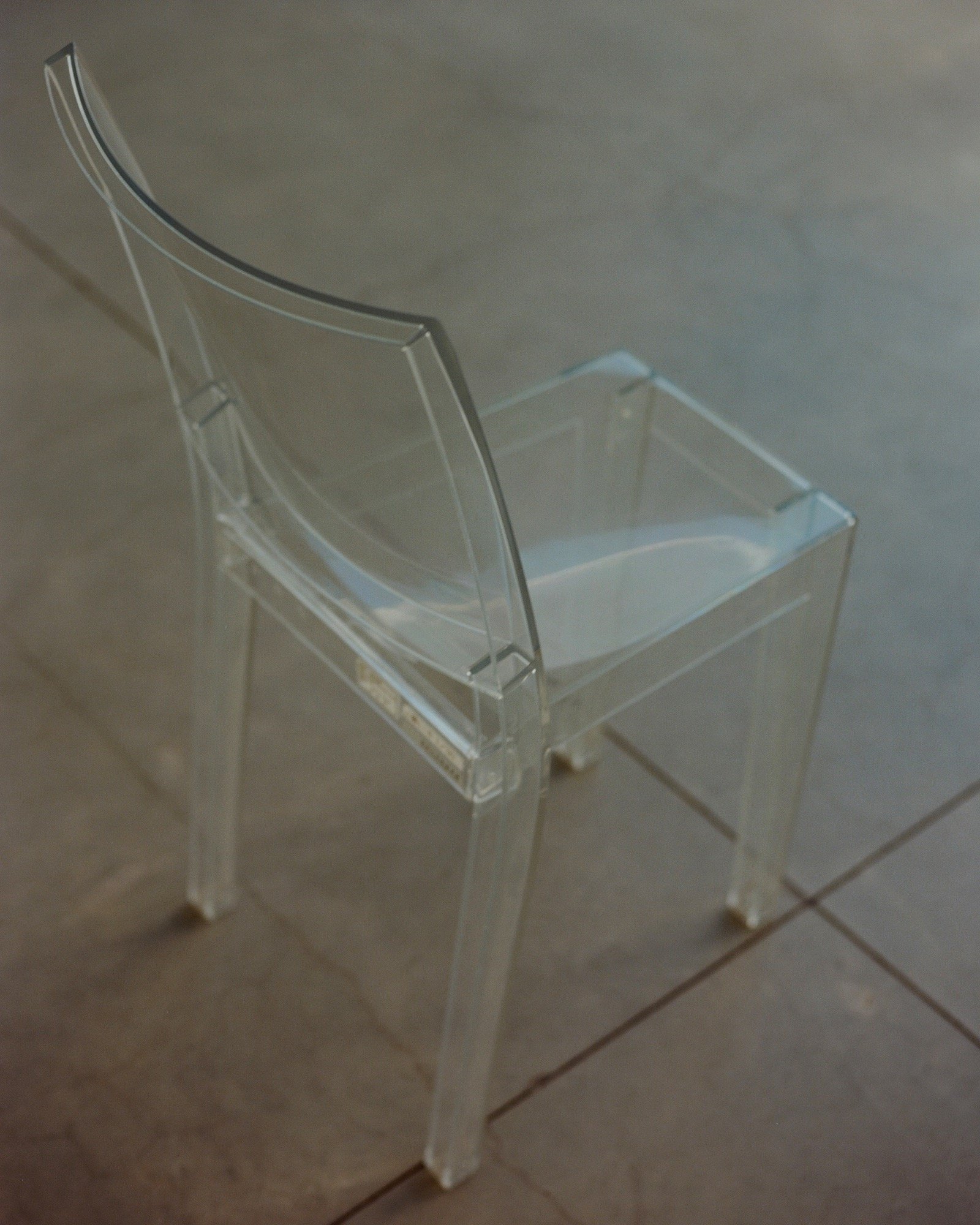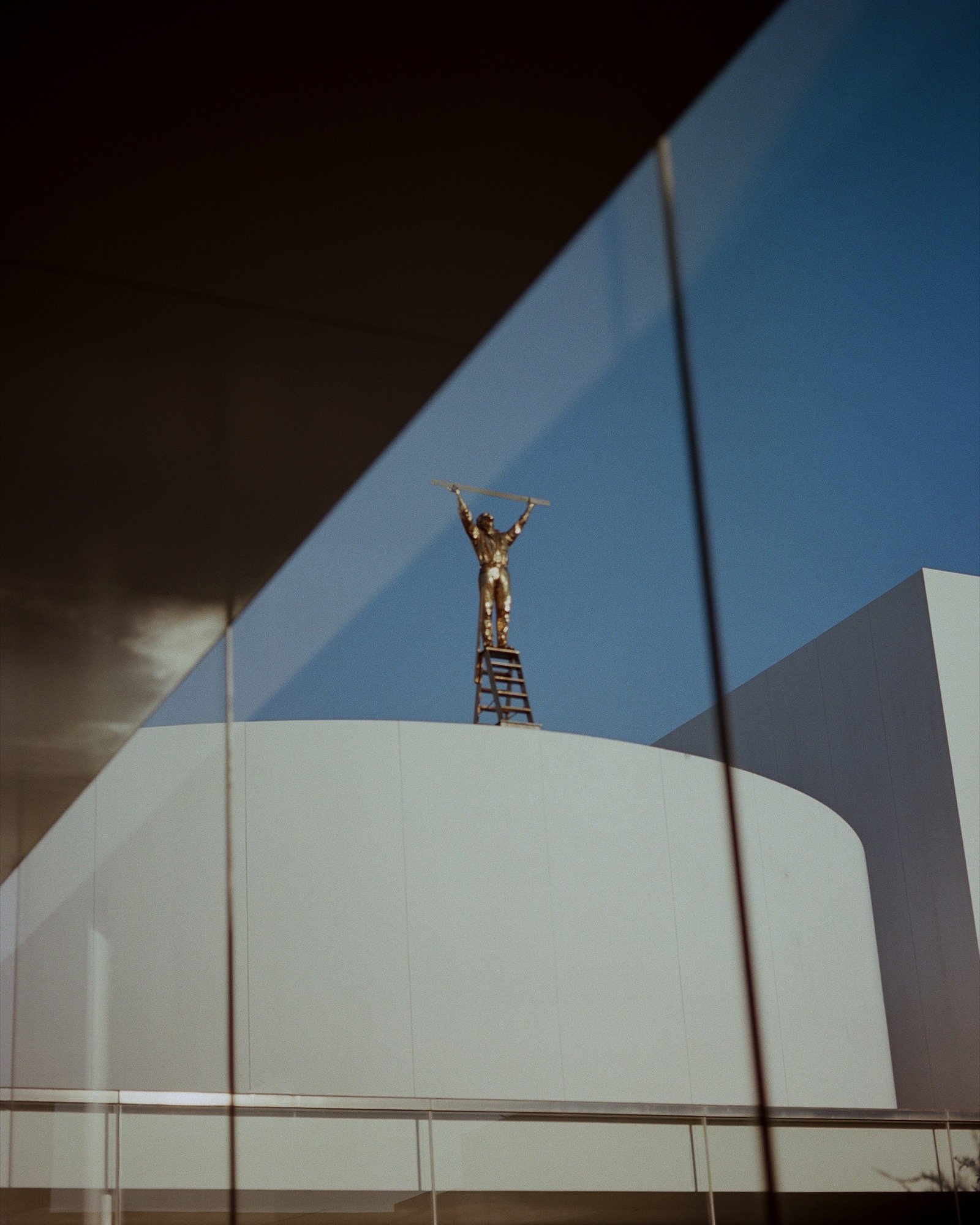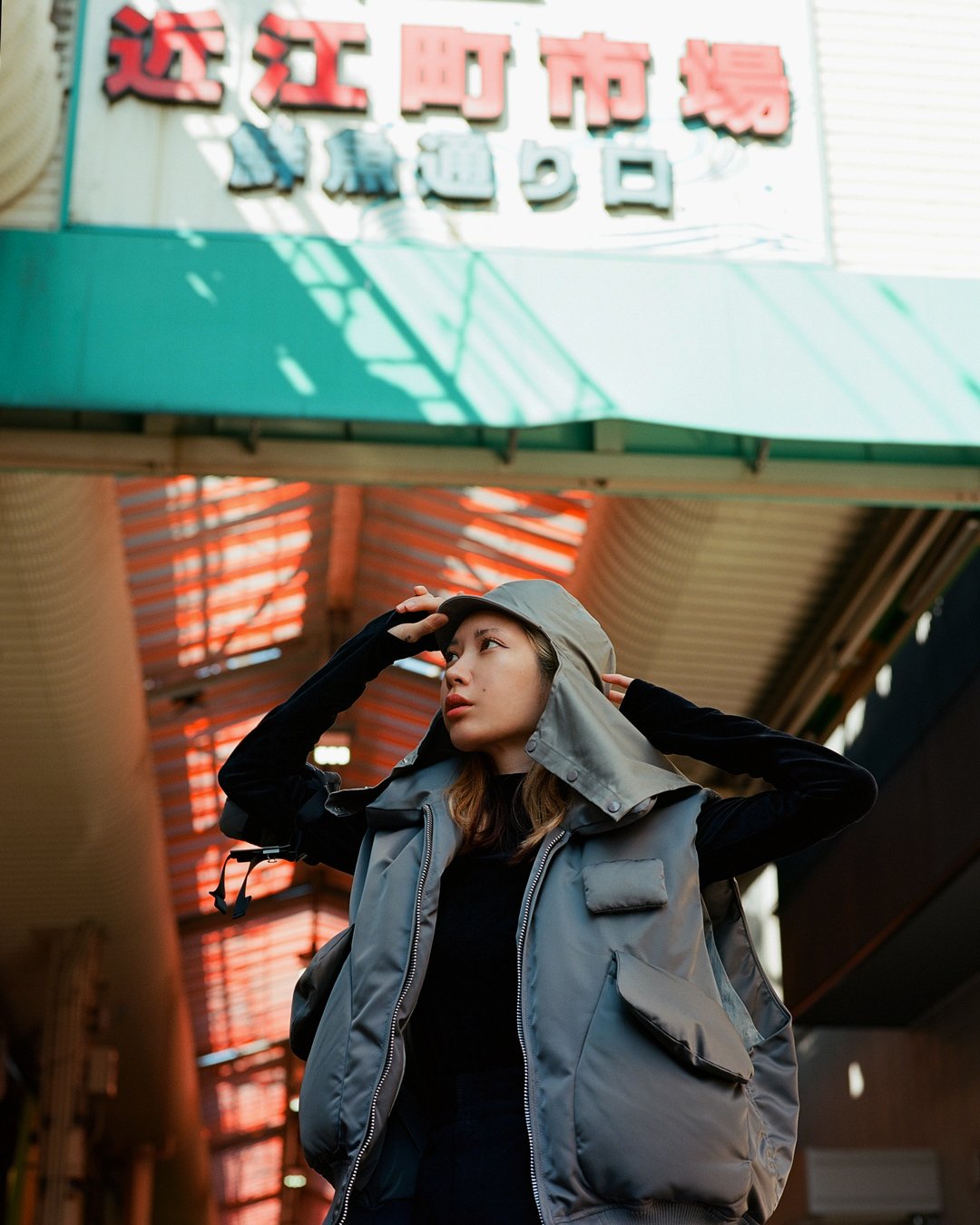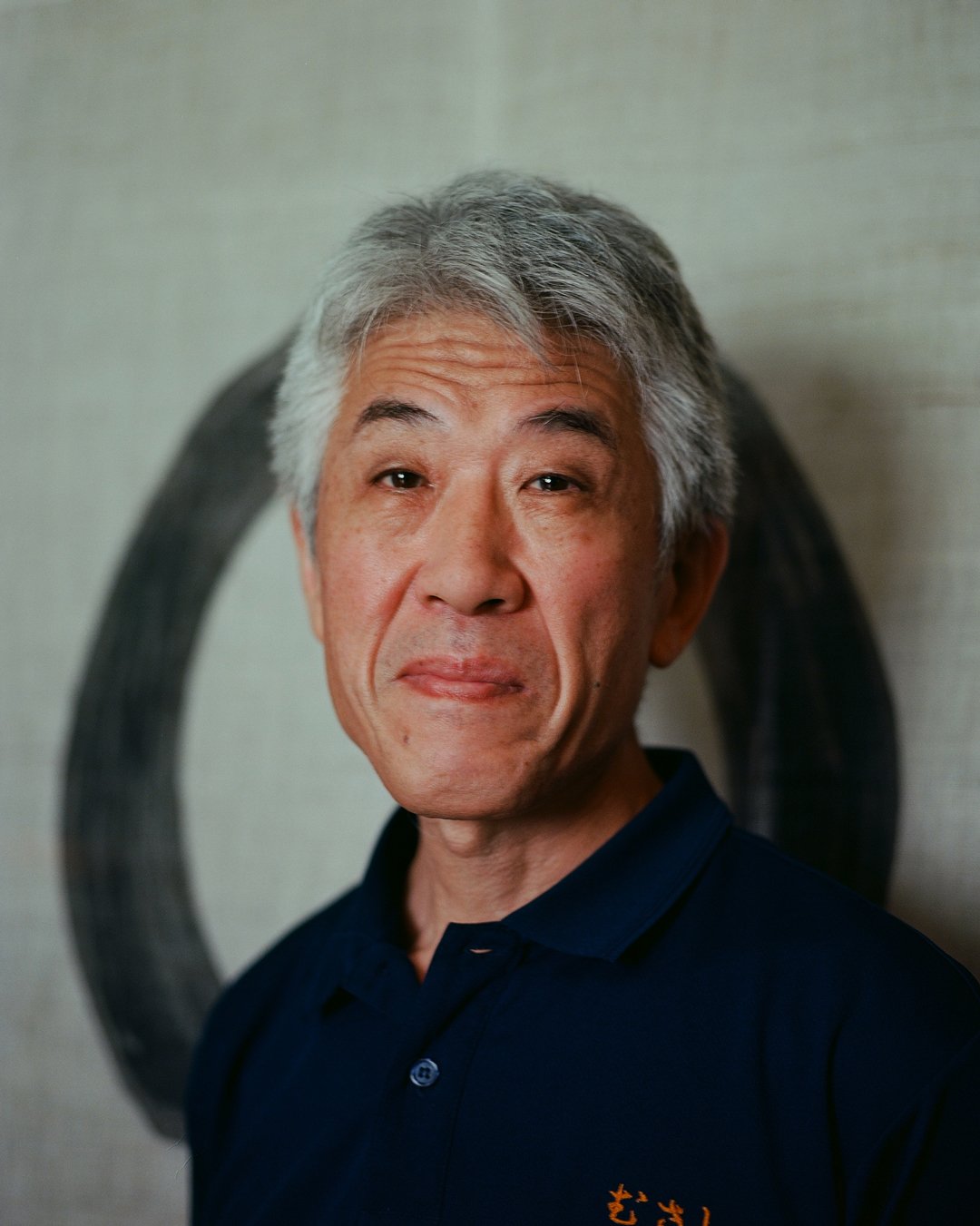The Sabukaru Guide To Kanazawa

As international travel still waits for the world to re-open, people worldwide have started to examine their neighborhoods, cities, and neighboring states for travel opportunities.
You don't always have to jump on an airplane to find peace or harmony. But, admittedly, for most of the Sabukaru team, this is an even easier situation since we are based in Japan. Sabukaru ventured out to Kanazawa City in Ishikawa Prefecture, a place of well-curated Edo period [17th Century] neighbourhoods. This historic landmark of Japanese culture became the playground and backdrop for our adventure.
Exploring the cityscape with tropes of hidden gems and moments of wonder, they have been engraved in the stories and images captured below.
We teamed up with On Running wearing the newest addition of the ON Family: The Cloudaway. Making our way through Kanazawa revealing rich experiences along the way.
Kanazawa Station
We will show you our favourite spots in the city while sporting a selection of Cloudaway colourways plus the exclusive 'Kanazawa' CW, inspired by Kanazawa's iconic train station [金沢駅].
Follow the Sabukaru team through Kanazawa:
OYAMA SHRINE
Our first stop leads us amidst a city of bustling culture and urbanism in the middle of Kanazawa, laying claim to an otherwise private space of mindfulness - Oyama Shrine. As masses of people pass through the interwoven fabric of what makes the city a marvelous place, Oyama Shrine hides beneath the surface as a secret habitat of both natural Japanese structures and the marriage of European and Asian design. The shrine itself is a historic marker from the Maeda Clan, over their contributions to the great city. What people know as Oyama Shrine was once called Utatsu Hachimangu Shrine before it officially moved in 1873. This was in lieu of the joining of the shrine and the tall slab gate designed by a Dutch architect in 1875.
Walking through the erected stone structures and sizable grounds, the cypress trees flutter from side to side as a light breeze clears your mind. It's easy to see why people may lose a sense of time upon uncovering this awkward paradise. By traversing between stepping stones in the picturesque garden connected by a moss-covered bridge and a "Yatsuhashi" [Japanese wooden zig-zag bridge] connecting three island ponds, it's clear that this is a place to accept self-reflection as you look at yourself in the biwa [Japanese shaped string instrument] shaped pond.
RYOKAN YAMAMURO
After an eventful day of exploring Kanazawa, filled with new impressions, it’s time to retreat and relax at a traditional Japanese-style inn: A Ryokan.
These low-key, typically family-run accommodations are easily amongst the best places to stay at when travelling in Japan due to their warm hospitality, personal touches and the availability of a bathhouse to unwind.
Located right in the heart of Kanazawa, Ryokan Yamamuro perfectly captures this spirit of a laid-back, traditional family-run Ryokan, making it one of the finest establishments in the city.
Founded in 1893 at this very location by the Yamamuro family, the Ryokan can look back on an illustrious longstanding history: Originally being a samurai family of the Kaga domain, the Yamamuro family started the Ryokan after the samurai system had come to a close at the end of the Edo period around 1868. The Ryokan has been in operation ever since and is now run by Bungo Yamamuro, the families 5th generation.
No matter if you're roaming the wooden hallways, unwinding in the bathhouse or cosying up in a futon on the tatami covered rooms, it is exactly this traditional yet well-maintained atmosphere that sets Ryokan Yamamuro apart.
But Bungo-san's hospitality doesn't just end there: With the goal of enabling his guests to experience his home town Kanazawa and Japan as they envision, he continuously updates and shares his favorite local restaurants, attractions and more with his guests via a customized map of the city.
Since opening its doors to the public for the first time in 1893, Ryokan Yamamuro has been preserving a traditional atmosphere and continues to combine it with warm and welcoming hospitality. Whether you're closing your eyes to the lush sounds of the water flowing in the bath house or taking a sip of green tea with a view on the Japanese garden, Bungo-san's Ryokan Yamamuro is the perfect place to start and finish your day in Kanazawa.
21st CENTURY MUSEUM OF CONTEMPORARY ART
Continuing the itinerary through Kanazawa with On Running, lying within the heart of the City, sits the modular round skins of glass wall sheets acting as a fine transparent membrane between the outdoor and indoor eco-space. The museum is less like a typical museum with simple paintings on the walls, and more an immersive interactive ecosystem designed to challenge the typical archetype of contemporary art spaces.
Whether you venture as a child or adult, the fluid nature and openness from the radiating light will inevitably imprint a sense of youthful childlike exploration. One of the most incredible aspects of this modern communal space is the union of covered indoor space and connection to outdoor installation.
One remarkable example is the Leandro Erlich Pool permanent installation. The exhibit is unlike anything else via its hyperrealistic visual sensory from above looking down it fools perception making one think it’s just a simple pool. Nevertheless, the experience of the pool comes full circle when experiencing the surreal nature of the pool from below looking upward. It’s as if one were underwater yet they can breathe, looking up past the thick transparent glass and 10cm of naturally moving water that simulates the feeling of a real pool.
Between the uniquely woven constructed spaces designed by the architectural office, SANAA, and the museum's own curation of projects, this museum provides people with a delightfully optimistic experience. Whether it’s obscure and tiny or expansive and gleaming one can’t help but feel the excitement revealed as one traverses the exhibit space. Visiting the 21st Century Museum of Contemporary Art is an essential experience to understand the socio-cultural framework and visual sense that exists in Japan.
ŌMICHŌ MARKET
Nestled between the Asano and Sai Rivers in one of the more fisherman to locals markets operating in Kanazawa is the Ōmichō Market better known as “Kanazawa’s Kitchen”. It stands as a true testament to the cultural history of Kanazawa and the hardworking people that make up this buzzing 300-year-old fish market.
Ōmichō Market is ripe with local fresh fish plucked daily in the early morning hours by the fresh fish sushi chefs and quaint resto’s serving up tender to flakey dishes that have either barely changed to the more modern inspired gastronomy driven hideaway restaurants in the nooks of the market alley.
Yet don’t be hoodwinked to thinking it's merely a fresh fish market with tiers of yellowfin and amberjack teaming together in strips of stalls, with only hard-to-find seasonal ocean marine waiting to be pan-seared with local seasoning. It’s more than that! This marketplace is home to a vibrant mix of local shops and hidden gems of sweet plunder, particularly the aromatic flavours of sake waiting to be unbolted and over-poured into sake cups with smiling people laughing saying “O-to-to” [a polite Japanese expression used when someone pours sake into a cup]. This “kitchen” of Kanazawa is a playground for the senses patiently sitting there for locals and travelers alike to frolic joyously and unwrap the presents that are Kanazawa’s longstanding heritage.
IZAKAYA RESTAURANT MUSASHI
Musashi is an izakaya-style restaurant tucked away in the historic Owaricho district of Kanazawa. Since opening its doors in 1981, the family-run business has relocated to its current location in 2014. The traditionally warm atmosphere makes anyone feel at home even on their first visit. With the goal of creating a space where people can relax and enjoy the gifts of the land, each dish served at Musashi masterfully accentuates the flavor and freshness of the locally sourced ingredients. From vegetables to each piece of fresh fish, all items on the menu are served on tasteful classic Japanese plates, thereby extending the flavor experience to a visually captivating one.
Next to a diverse menu that serves up delicious dishes for lunch and dinner, a real highlight is the extensive sake card: Whether you're a seasoned Nihon-chu connoisseur or a sake-loving newcomer, Musashi has got your back no matter your knowledge level and the staff is more than happy to recommend you the perfect Japanese rice wine for the dish of your choice. Ensuring maximum accessibility and no hurdles for tourists from around the globe, Musashi also readily provides an English version of their main menu, making it less intimidating to enquire about menu items or have a little chat with the friendly crew.
Though they present themselves as an izakaya, the dishes speak to the culture of "kaga-ryori", which is the local cuisine specific to Kanazawa representing an exciting fusion of Kyoto-style and Edo-style cooking. From the finest sashimi over crispy fried food to the freshest local vegetables, Musashi exemplifies what a top-class izakaya is all about: An exquisite food experience set in an inclusive, informal and cozy setting. The deal is sweetened by an expert selection of drinks and delicious sake. Following the philosophy of "local production for local consumption", Mushashi is the go-to spot for a cozy [or wilder] evening with top class Kanazawa cuisine that you just have to try yourself.
CREDITS
Produced by Bianco Bianco
Creative Director - Adrian Bianco & Natsuki Ludwig
Producer - Marta Espinosa
Local Manager - Ami Takagi
Photographer - Anouk Brouwer
Photographer Assistant - Earl Standerford
Stylist Dominika Szmid
Stylist Assistant Casey Omori
Models Casey Omori & A VIRGIN






































